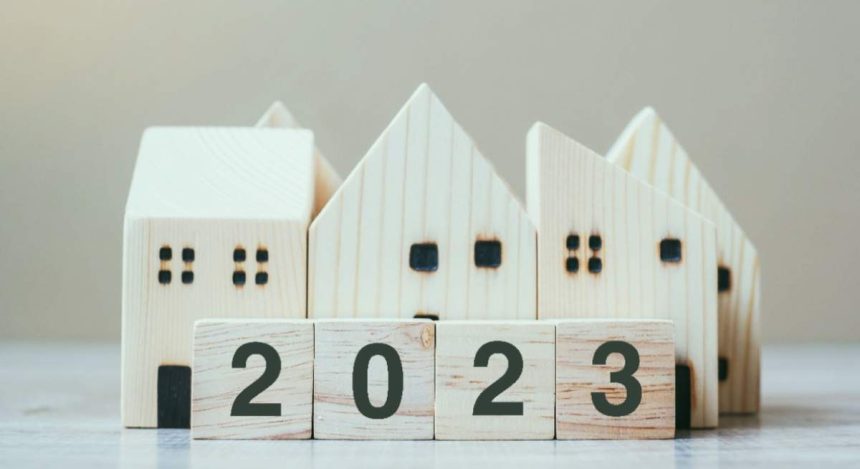Property Rights Transfer Statistics | December 2023
In 2023, the number of homes sold (both new and used) amounted to 587,000, a 9.7% decrease compared to the previous year, attributed to the rise in interest rates. Despite this decline, occurring after two years of strong growth, the number of transactions remains, after the record set in 2022, at the highest level since 2007, when home sales reached 775,000 (Figure 1).
After the long period of adjustment during the 2008-2013 crisis, the real estate market began its recovery in 2014, abruptly interrupted in 2020 by the pandemic crisis. However, the rebound started the following year allowed to regain the previous trend until interest rate hikes ended it in 2023. The evolution of mortgages follows a very similar profile, although with a sharper decline in 2023, by 17.8%.
The downward trend in property transfers has been continuous throughout the year, so that, although sales made throughout the year suffered a 9.7% decrease, the year-on-year decline in December was 15.6%, without any sign yet that it may be reaching bottom (Figure 2).
However, the foundations of the real estate market are, in principle, favorable. Spanish families are relatively less indebted and maintain a higher savings rate than usual, allowing them to generate a financial surplus in recent years —which in large part they used, at least in 2023, to repay debt in advance—. Furthermore, the labor market continues to be in good shape, with a sustained pace of job creation and a declining unemployment rate, key factors in the evolution of the real estate market.
Finally, interest rates, specifically the one-year Euribor, which is the reference for mortgage rates, peaked in October of last year and has since been declining. Although the decline was halted in January, and even in recent weeks there has been a slight increase, it is a temporary interruption, resulting from an adjustment in excessively optimistic expectations regarding future interest rate cuts by the ECB. Thus, it is expected that the Euribor will soon resume its downward trajectory, provided there are no negative surprises in the evolution of inflation. As a result of all the above, it is expected that the decline in home sales will bottom out in the first half of the current year.
On the other hand, the evolution of the average price of housing has been consistent with that of the number of transactions. According to data from the INE —derived from notarial records of sales contracts—, prices began to recover from 2015 onwards, and after the moderation experienced in 2020, in the following two years there was a notable acceleration, leading to a growth of 7.4% in 2022. In 2023, with data still up to the third quarter, the rate of increase would have moderated to about half (Figure 3). From the fourth quarter of 2019 to the third quarter of 2023, homes would have increased by 20%, compared to a CPI growth of 15% over the same period.

